In the dense and mysterious forests of New Zealand, whispers of an ancient giant bird continue to echo. Could the moa, a creature thought to be extinct for centuries, still be roaming these isolated landscapes? This tantalizing question has sparked imaginations and fueled debates among adventurers, scientists, and locals alike. The idea of a living fossil hiding in the bush is both thrilling and perplexing, drawing us into a world where the lines between myth and reality blur.
The Moa: A Giant of the Past
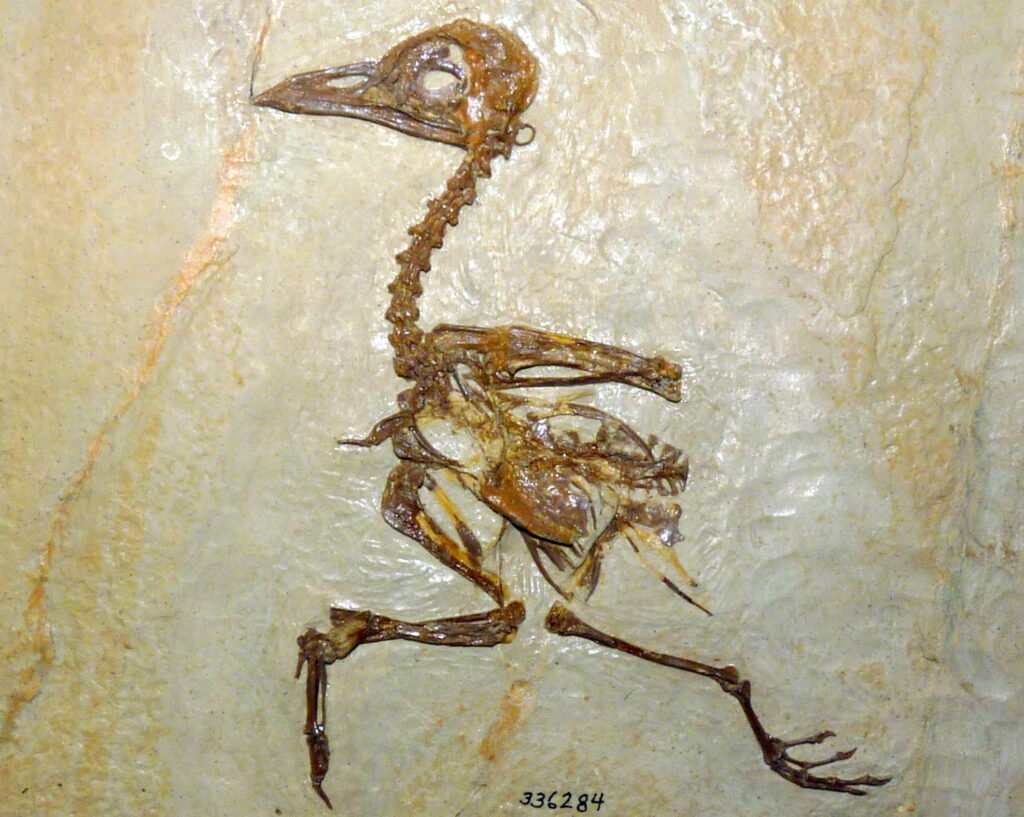
The moa were towering flightless birds that once roamed the lush landscapes of New Zealand. With some species standing up to 12 feet tall, they were among the largest birds to ever exist. These gentle giants were herbivores, feeding on leaves and twigs, and they played a crucial role in their ecosystem. Unfortunately, the arrival of humans and their hunting practices led to the moa’s extinction around the 14th century. Yet, the moa’s impressive stature and mysterious disappearance have left an indelible mark on New Zealand’s cultural history.
Legends and Sightings: Fact or Fiction?
Stories of moa sightings continue to circulate, with some claiming to have glimpsed these elusive creatures in remote areas. While most of these accounts lack concrete evidence, they persistently fuel the myth of the moa’s survival. In the early 20th century, several expeditions were launched to uncover the truth, yet none succeeded in finding living specimens. These tales, although often dismissed by scientists, capture the imagination and keep the legend alive.
The Science Behind the Myth
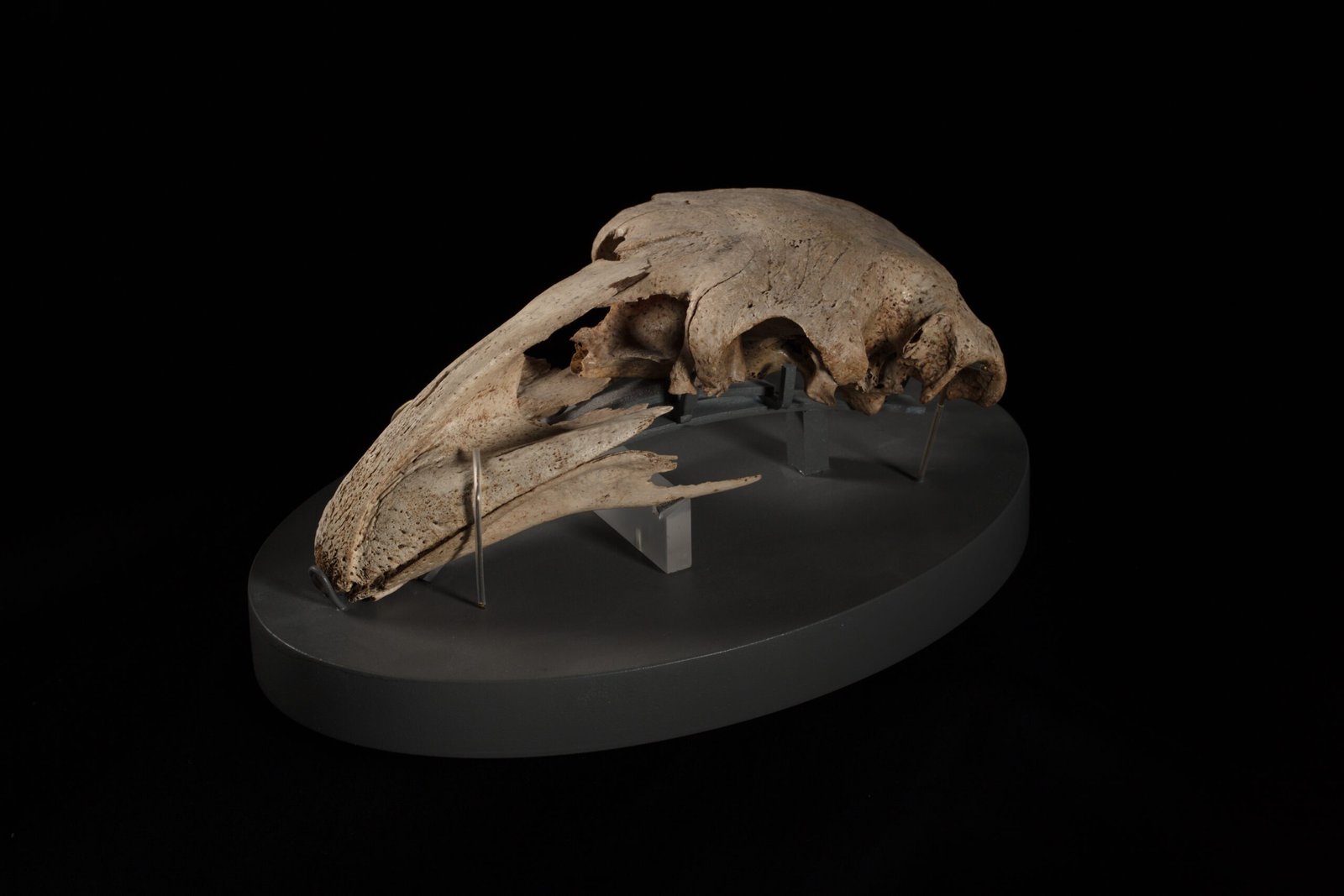
Scientifically, the possibility of moa still existing is slim. Extensive research and fossil evidence indicate that they have been extinct for hundreds of years. However, the idea of a “living fossil” is not entirely impossible. Some species, like the coelacanth, have been discovered long after they were thought to be extinct. This rare occurrence keeps hope alive for those who dream of finding a living moa, despite the lack of scientific backing.
Ecological Impact: What If Moa Were Discovered?
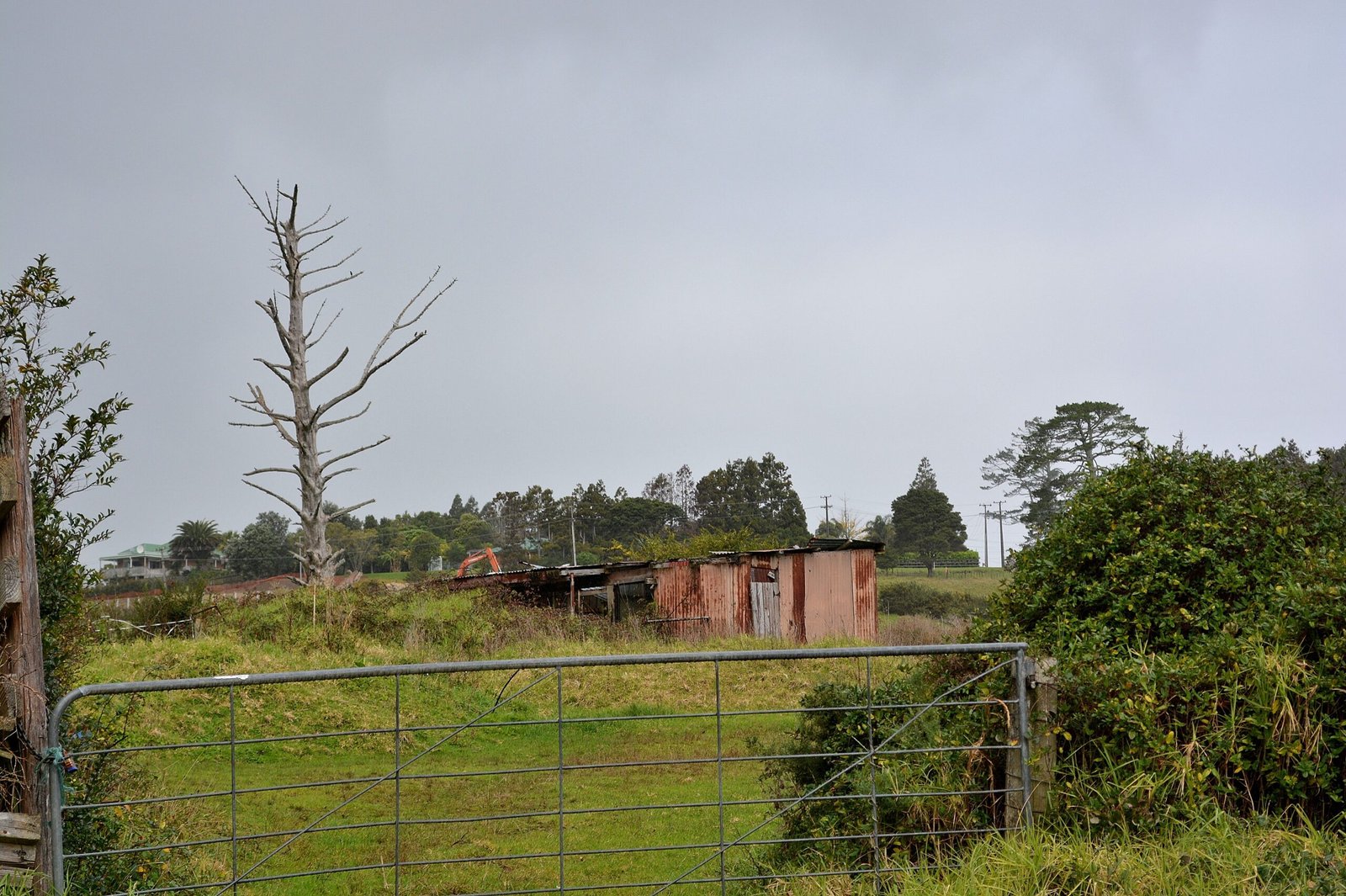
The rediscovery of moa would have profound implications for New Zealand’s ecology. As once dominant herbivores, their reintroduction could alter plant life and affect other species. The balance of the ecosystem would be challenged, requiring careful management to prevent unforeseen consequences. This hypothetical scenario highlights the complex interdependence of life and the potential ripple effects of reintroducing a long-lost species.
Conservation Lessons from the Moa’s Extinction
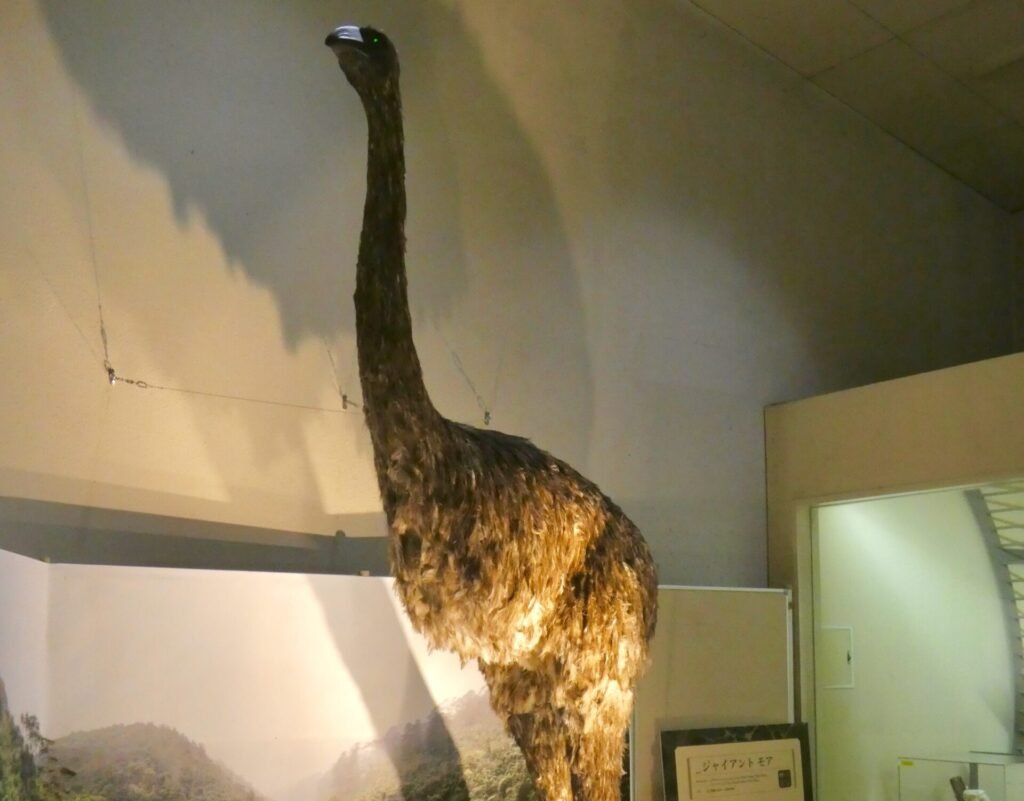
The extinction of the moa serves as a powerful reminder of the impact humans can have on the environment. Overhunting and habitat destruction led to their demise, a fate shared by many other species. By studying the moa’s history, we learn valuable lessons about the importance of conservation and the need to protect our planet’s biodiversity. The moa’s story is a call to action, urging us to prevent similar tragedies in the future.
Modern Explorations: Searching for the Unseen
Despite the odds, some adventurers and researchers continue to search for evidence of living moa. Modern technology, such as drones and remote cameras, has made exploring inaccessible areas more feasible. These efforts, while often fruitless, reflect a deep-seated curiosity and desire to uncover the unknown. The pursuit of the moa is as much about the thrill of discovery as it is about the creature itself.
The Role of Myths in Science and Culture

Myths like that of the living moa play a significant role in both science and culture. They inspire exploration and encourage us to question what we know about the world. While myths may not always be grounded in reality, they push the boundaries of our understanding and fuel the pursuit of knowledge. The moa’s legend is a testament to the enduring power of storytelling and its ability to connect us to the past.
The Moa in Popular Culture
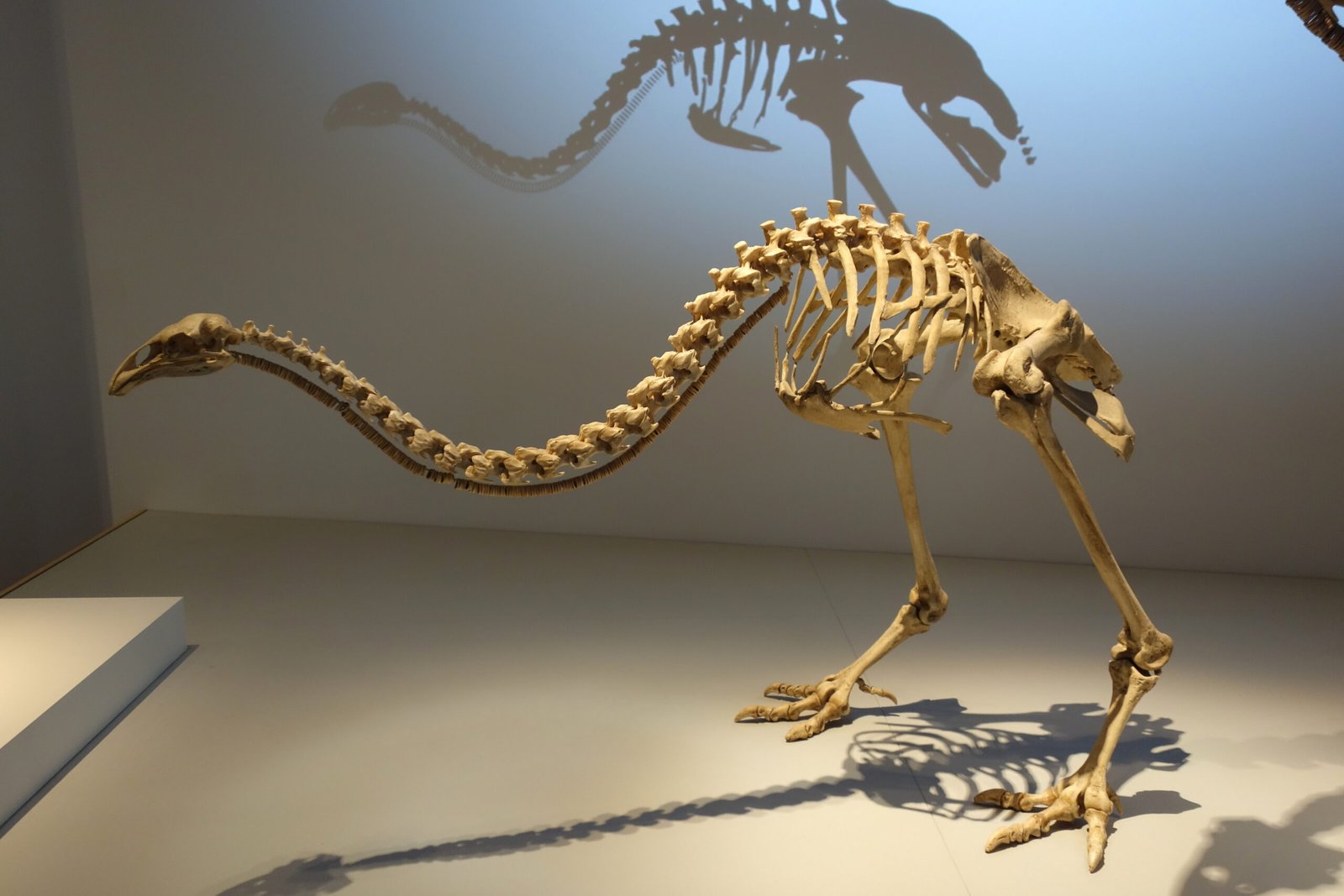
The moa has captured the imagination of many, appearing in literature, art, and film. These representations often blend fact with fiction, creating a compelling narrative that resonates with audiences. The moa’s portrayal in popular culture keeps the myth alive, ensuring that this ancient bird remains a part of our collective consciousness. Through these creative expressions, the moa continues to inspire wonder and curiosity.
Conclusion: Embracing the Mystery
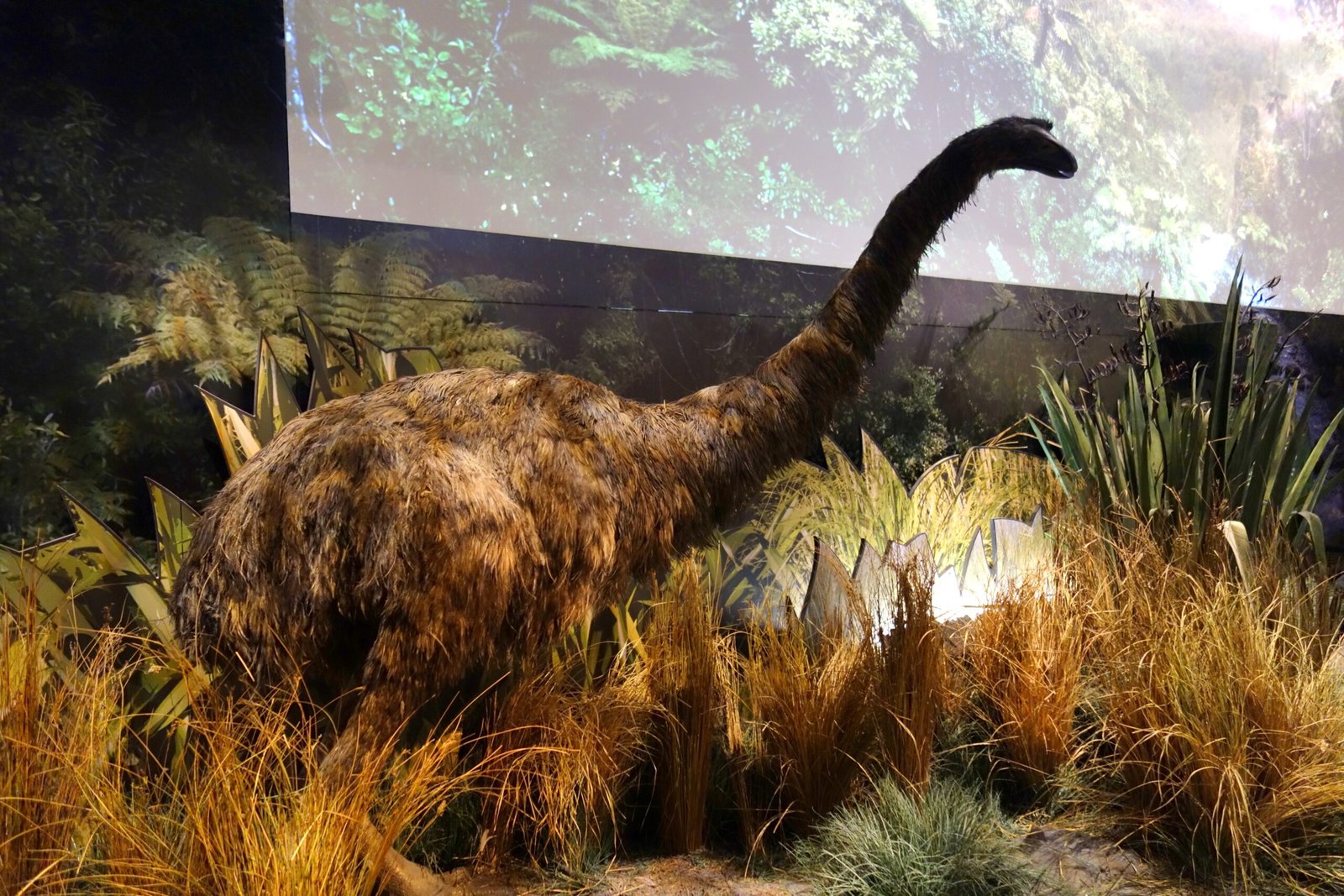
The enduring myth of the moa reminds us of the mysteries that still linger in our world. Whether or not these birds still exist, their story captivates and challenges us to explore the unknown. The moa’s legend is a symbol of hope and the human spirit’s relentless quest for discovery. As we ponder the possibility of their survival, we are reminded of the beauty and complexity of nature. What secrets might the world still hold, waiting to be discovered?




